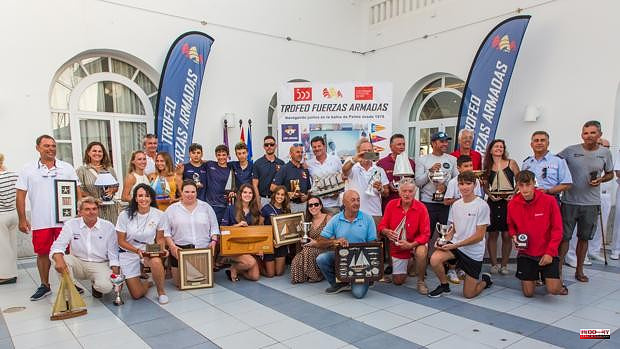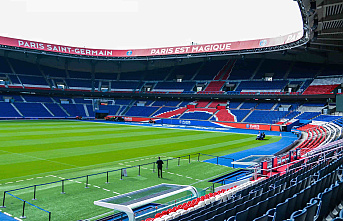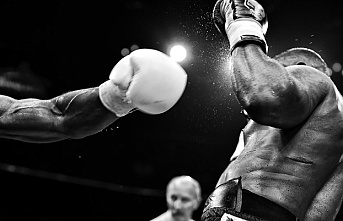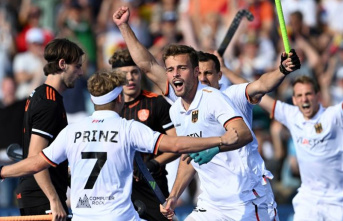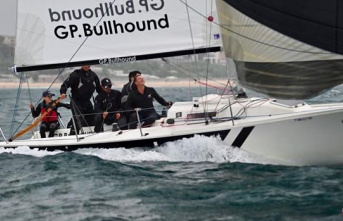The Armed Forces and recreational nautical have met again today in the Bay of Palma with the celebration of the 43rd edition of the Regatta of the Armed Forces. Almost ninety boats, from cruise ships to light sailing vessels, have signed up to participate in this event that seeks to strengthen ties between the Navy and civil nautical and that this year has been organized by the RCN Palma.
The great winners at the end of the only coastal test of the day on cruise ships were the Falbala, by Bartolomé Català (estimated ORC), the In Situ, by Lluis Miguel Salom (ORC 0-3), the Mestral Fast, by Jaime Morell (ORC 4), and Maribel, by Antonio Arnau (ORC 5). Among the classics, Tim Liesenhoff's Marigan was the winner.
In the one-design tests, Mónica Montañés' boat was the best among the Cyclones. The J80 Jotajuerga prevailed in her class. The fastest Dragon was the Nova Mallorca and among the Tochos of the Naval Regatta Commission, the Sóller prevailed.
Finally, the best in light sailing were Arnau Alba, from CN Portitxol, in ILCA 6, María Rosselló, from RCNP, in ILCA 4, and in Snipe the winner was the boat of Juan Gabriel Manresa, from CNR.
The regatta started at one in the afternoon when the different fleets sailed to the common starting area, located in front of Portitxol. Several of the ships sported sails with artistic motifs commemorating the fifth centenary of the first voyage around the world completed by Juan Sebastián Elcano in 1522. One of them was the Aifos de la Armada, which bore the portrait of the historic Spanish navigator on its spinnaker.
The organization arranged three coastal routes for the three types of boats (cruisers, one-designs and light sailing) that were divided into four consecutive departures. The shortest, 6.5 miles, for light sailing, returning from the islet of La Galera to reach the common goal for all classes, in front of the entrance to the port of Palma. The monotypes reached the height of the CN Arenal before returning to the port. The largest cruise ships covered the longest route, 12.6 miles, and had to round a mark at Cap Enderrocat before heading back to the finish line.
The idea of the Armed Forces Regatta arose almost half a century ago as an initiative by Rear Admiral Marcial Sánchez-Barcáiztegui, who died in Palma in 2012. Sánchez Barcáiztegui was aware of the importance of maintaining and strengthening ties between society and the Navy The rear admiral took as an example and reference the historical events that occurred in Dunkirk at the beginning of the Second World War. The German army in the midst of Blitzkrieg cornered hundreds of thousands of soldiers, especially British and French, in this small French coastal town. Winston Churchill requested the help of any ship that could sail to evacuate the encircled troops to the United Kingdom. A large fleet of small civilian ships risked everything to participate in the rescue and more than three hundred thousand soldiers were saved in time.
The Regatta of the Armed Forces, although competitive, has an eminently social character. Its promoter always wanted the regatta to be open to all types of sail-propelled boats, regardless of their length and displacement, and advocated that its organization fall on a rotating basis to the different clubs in the Bay of Palma.

